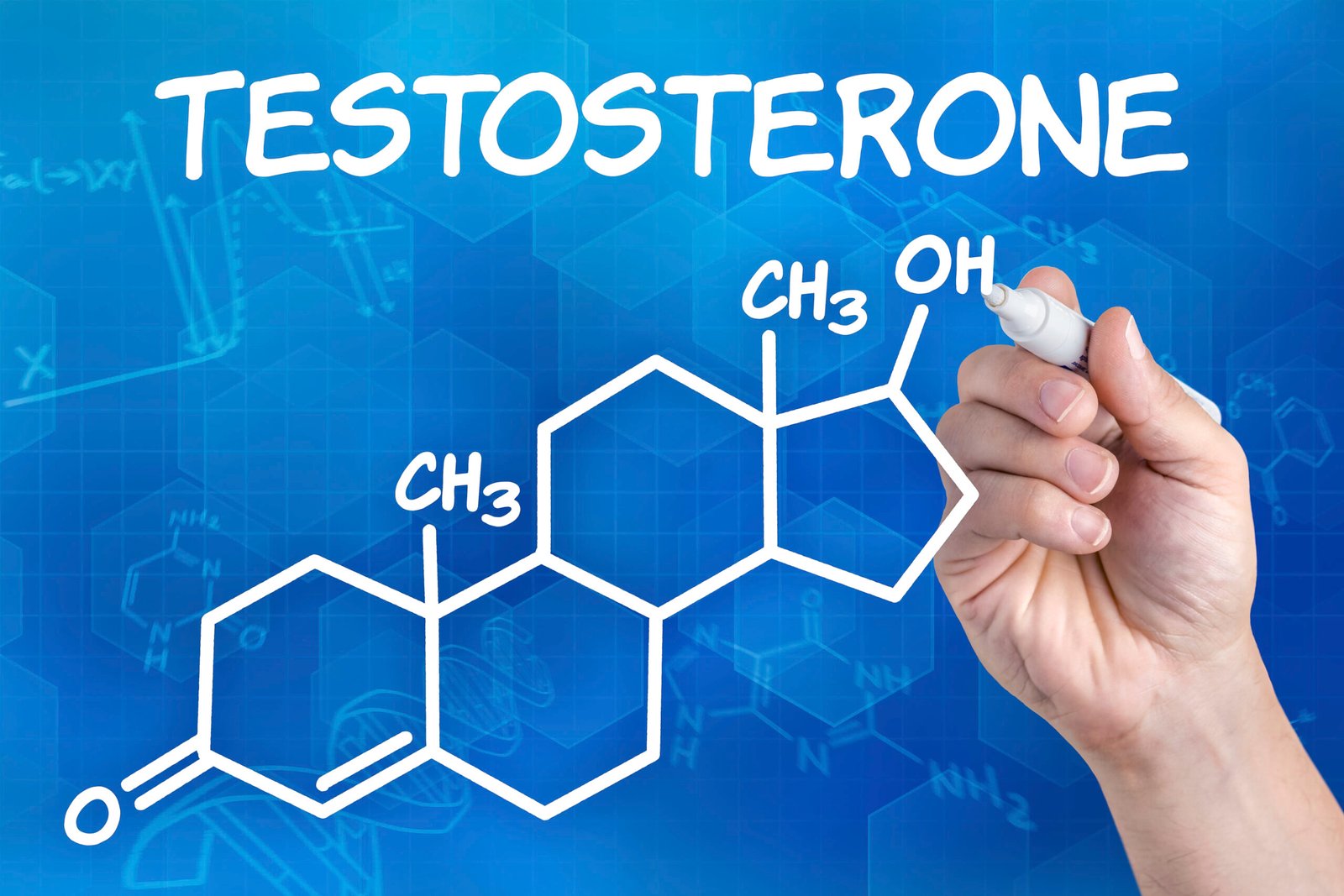Belly fat is one of the most stubborn areas to target when it comes to weight loss. However, with the right exercises and a consistent routine, you can burn belly fat fast and achieve a toned midsection. In this article, we’ll explore the top weight loss exercises to burn belly fat, along with tips to maximize your results.
Why Belly Fat is Stubborn
Belly fat, also known as visceral fat, is not just a cosmetic concern—it’s linked to serious health issues like heart disease, diabetes, and metabolic syndrome. Here’s why it’s so hard to lose:
- Hormonal Factors:
Cortisol (the stress hormone) and insulin resistance can contribute to fat storage in the abdominal area. - Genetics:
Some people are genetically predisposed to store fat in their midsection. - Lifestyle Habits:
Poor diet, lack of exercise, and stress can lead to excess belly fat.
While spot reduction isn’t possible, combining targeted exercises with a healthy diet and overall fat loss can help you achieve a flatter stomach.
Top 10 Exercises to Burn Belly Fat Fast
Here are the most effective exercises to burn belly fat and strengthen your core:
1. High-Intensity Interval Training (HIIT)
How It Works:
HIIT involves short bursts of intense exercise followed by brief rest periods. It’s one of the most effective ways to burn calories and fat.
Example Workout:
- 30 seconds of sprinting
- 30 seconds of walking
- Repeat for 15-20 minutes
Benefits:
- Boosts metabolism for hours after exercise.
- Burns calories quickly.
2. Plank
How It Works:
Planks are a core-strengthening exercise that engages your entire body.
How to Do It:
- Start in a push-up position with your elbows on the ground.
- Keep your body in a straight line from head to heels.
- Hold for 30-60 seconds.
Benefits:
- Strengthens the core and improves posture.
- Burns calories while toning the midsection.
3. Bicycle Crunches
How It Works:
Bicycle crunches target the obliques and lower abs.
How to Do It:
- Lie on your back with your hands behind your head.
- Lift your legs and alternate bringing your elbow to the opposite knee.
- Perform 15-20 reps per side.
Benefits:
- Engages multiple muscle groups.
- Burns belly fat effectively.
4. Mountain Climbers
How It Works:
Mountain climbers are a full-body exercise that raises your heart rate.
How to Do It:
- Start in a plank position.
- Alternate bringing your knees toward your chest as fast as possible.
- Perform for 30-60 seconds.
Benefits:
- Burns calories and fat quickly.
- Strengthens the core and upper body.
5. Russian Twists
How It Works:
Russian twists target the obliques and improve core stability.
How to Do It:
- Sit on the floor with your knees bent and feet off the ground.
- Twist your torso side to side while holding a weight or medicine ball.
- Perform 15-20 reps per side.
Benefits:
- Tones the waistline.
- Improves rotational strength.
6. Burpees
How It Works:
Burpees are a full-body exercise that combines strength and cardio.
How to Do It:
- Start in a standing position.
- Drop into a squat, kick your feet back into a plank, and do a push-up.
- Jump back to standing and repeat.
- Perform 10-15 reps.
Benefits:
- Burns a high number of calories.
- Engages the entire body.
7. Leg Raises
How It Works:
Leg raises target the lower abs and improve core strength.
How to Do It:
- Lie on your back with your hands under your hips.
- Lift your legs straight up and slowly lower them back down.
- Perform 15-20 reps.
Benefits:
- Tones the lower belly.
- Strengthens the core.
8. Jump Rope
How It Works:
Jumping rope is a simple yet effective cardio exercise.
How to Do It:
- Jump rope at a steady pace for 1-2 minutes.
- Rest for 30 seconds and repeat.
Benefits:
- Burns calories quickly.
- Improves coordination and endurance.
9. Side Plank
How It Works:
Side planks target the obliques and improve core stability.
How to Do It:
- Lie on your side with your elbow under your shoulder.
- Lift your hips off the ground and hold for 30-60 seconds.
- Switch sides and repeat.
Benefits:
- Tones the waistline.
- Strengthens the core and shoulders.
10. Kettlebell Swings
How It Works:
Kettlebell swings are a dynamic exercise that engages the core and burns fat.
How to Do It:
- Stand with your feet shoulder-width apart and hold a kettlebell with both hands.
- Swing the kettlebell between your legs and thrust your hips forward to swing it to shoulder height.
- Perform 15-20 reps.
Benefits:
- Burns calories and fat quickly.
- Strengthens the core and lower body.
Tips to Maximize Belly Fat Loss
- Combine Cardio and Strength Training:
Cardio burns calories, while strength training builds muscle and boosts metabolism. - Eat a Healthy Diet:
Focus on whole, nutrient-dense foods and avoid processed sugars and refined carbs. - Stay Consistent:
Aim for at least 30 minutes of exercise 5-6 days a week. - Stay Hydrated:
Drink plenty of water to support metabolism and reduce bloating. - Get Enough Sleep:
Poor sleep can disrupt hormones and lead to weight gain.
Common Mistakes to Avoid
- Overtraining:
Excessive exercise can lead to burnout and injury. - Ignoring Diet:
Exercise alone won’t burn belly fat—pair it with a healthy diet. - Skipping Warm-Ups:
Always warm up to prevent injuries. - Focusing Only on Abs:
Spot reduction isn’t possible—focus on overall fat loss. - Not Tracking Progress:
Use measurements or photos to track your progress over time.
FAQs About Burning Belly Fat
1. Can I lose belly fat in a week?
While you can’t lose significant belly fat in a week, you can reduce bloating and start your journey with consistent effort.
2. How often should I do these exercises?
Aim for 5-6 days a week, alternating between cardio and strength training.
3. Do I need equipment for these exercises?
Most exercises require no equipment, but items like kettlebells or resistance bands can add intensity.
4. Can I do these exercises at home?
Yes, all these exercises can be done at home with minimal or no equipment.
5. How long will it take to see results?
With consistency, you can start seeing results in 4-6 weeks.
Conclusion
Burning belly fat requires a combination of targeted exercises, a healthy diet, and consistent effort. Incorporate these top exercises into your routine, stay consistent, and pair them with a balanced lifestyle for the best results. Start your journey today and achieve a flatter, stronger midsection!










